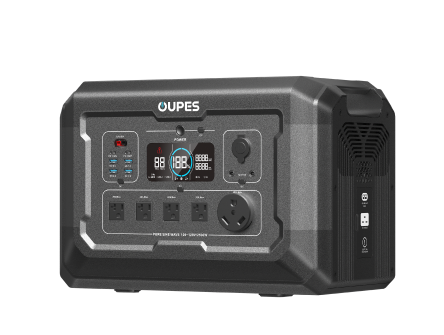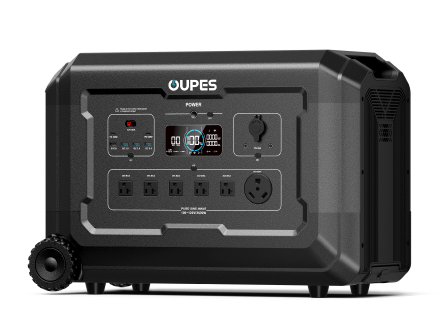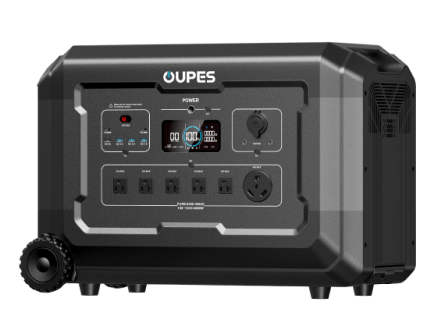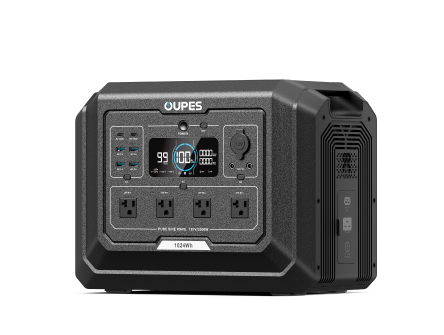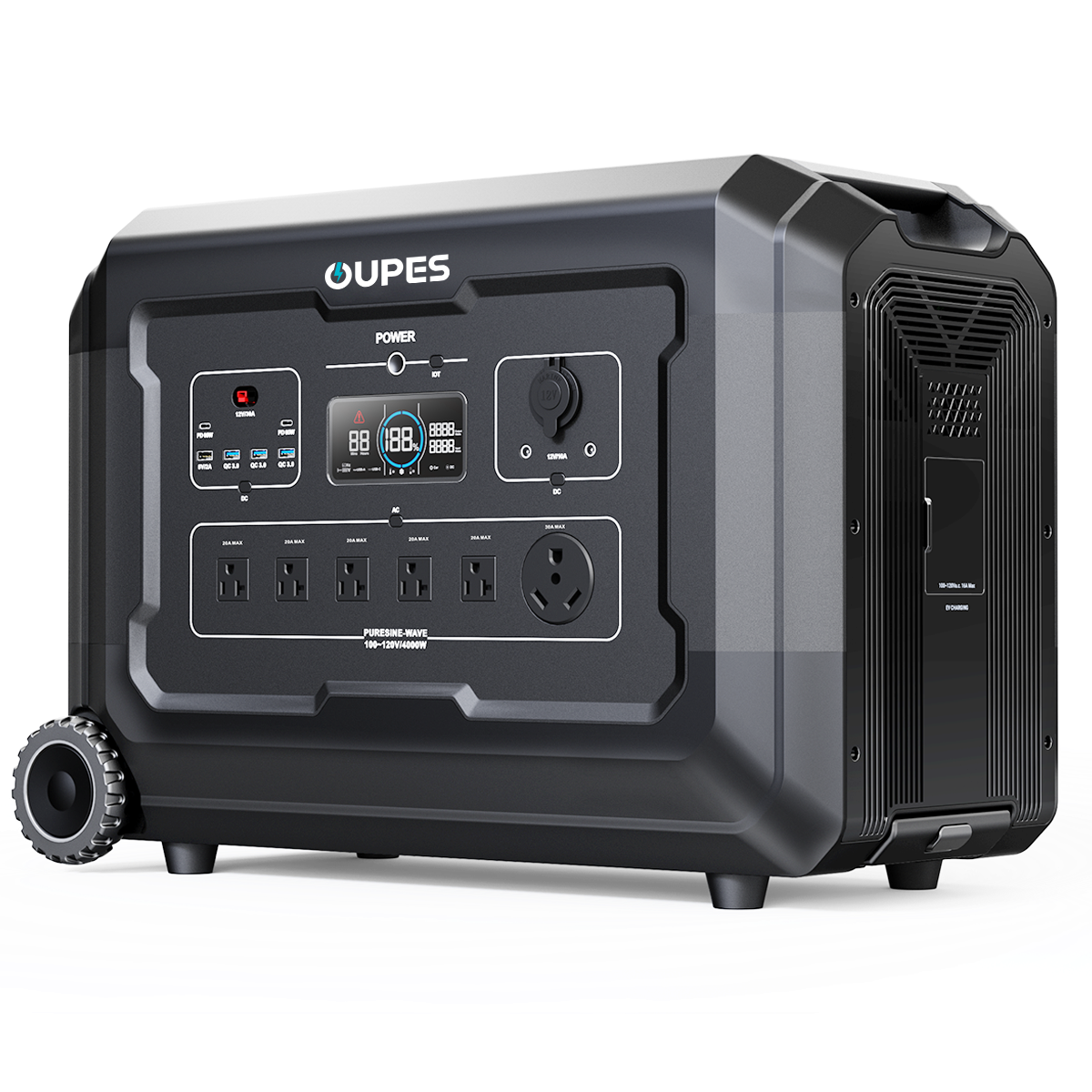
Imagine a world where your outdoor adventures aren’t cut short by dead phone batteries, or where a sudden blackout doesn’t leave you scrambling for candles. Solar generators have revolutionized how we access power, offering a clean, renewable energy source that’s as versatile as it is eco-friendly. But with dozens of models boasting varying features, choosing the right one can feel like navigating a maze. Whether you’re a weekend camper, a prepper planning for emergencies, or a homeowner looking to reduce energy costs, selecting the perfect solar generator requires careful consideration. Let’s break down the process step by step.
Solar generators aren’t just a trend—they’re a practical solution to modern energy challenges. Unlike noisy gas generators, they operate silently, produce zero emissions, and harness the sun’s limitless power. However, not all solar generators are created equal. From battery capacity to portability, the right choice depends on your unique needs. This guide will walk you through the critical factors to consider, ensuring you invest in a system that delivers reliable power when and where you need it most.
Assessing Your Power Requirements
The first step in choosing a solar generator is understanding your energy needs. Start by listing the devices you plan to power. For example, a smartphone might require 10 watts, a laptop 50-100 watts, and a mini-fridge around 100 watts. Add up the total wattage of all devices you’ll use simultaneously, then estimate how many hours each will run daily. Multiply the wattage by hours to calculate daily watt-hour consumption. A camper using a 50W fan for 6 hours and a 20W light for 4 hours would need 380 watt-hours (50x6 + 20x4). This figure helps determine the battery capacity required.
Next, consider surge power—the temporary spike in energy some appliances need when starting. Devices like refrigerators or power tools can demand 2-3 times their rated wattage during startup. A generator with a 1000W continuous output might struggle if a device requires 2000W momentarily. Always check both continuous and surge wattage ratings. For home backup systems, prioritize generators with expandable battery options, allowing you to add capacity as needed. Brands like EcoFlow and Bluetti offer modular designs, letting you scale up storage for prolonged outages.
Finally, factor in your location’s solar potential. If you live in a cloudy region, you’ll need larger solar panels or a generator with dual charging (solar + AC). Portable users should prioritize compact panels, while home systems might invest in rooftop installations. Remember, a generator’s solar input rating dictates how quickly it can recharge—a 200W panel will charge a 1000Wh battery in 5-6 hours under ideal conditions, but real-world factors like shading or panel angles can extend this time.
Comparing Battery Technologies and Capacities
Battery technology is the heart of any solar generator. Lithium-ion batteries dominate the market due to their high energy density, lightweight design, and longer lifespan (3,000-5,000 cycles). They’re ideal for portability but come at a higher cost. Lead-acid batteries, while cheaper and recyclable, are bulkier and offer shorter lifespans (500-1,000 cycles), making them better for stationary setups. Newer LiFePO4 (lithium iron phosphate) batteries strike a balance, offering improved thermal stability and up to 6,000 cycles, though they’re slightly heavier than standard lithium-ion.
Battery capacity, measured in watt-hours (Wh), determines how long your devices can run. A 500Wh generator can power a 100W device for 5 hours, but real-world efficiency losses mean you’ll get about 80% of the rated capacity. For emergency backup, aim for at least 1,000Wh to keep essentials like lights, phones, and a fridge running overnight. High-capacity models like the Jackery 2000 Pro (2,160Wh) can power microwaves or medical equipment, while compact units like the Goal Zero Yeti 200X suit short camping trips.
Temperature tolerance is another key factor. Lithium batteries perform poorly in freezing temperatures, with some shutting down below -4°F. If you’re camping in cold climates, look for models with built-in heating elements. Conversely, excessive heat can degrade battery life over time. Always check the manufacturer’s operating temperature range and storage recommendations to ensure longevity.
Evaluating Portability and Expandability Features
Portability is crucial for campers and RV users. A lightweight generator (under 30 lbs) with built-in handles, like the Bluetti EB55, allows easy transport. Check dimensions to ensure it fits in your vehicle or storage space. Some models, such as the Jackery Explorer 300, include foldable solar panels that slip into backpacks. However, ultra-portable designs often sacrifice capacity—balance weight against runtime needs.
Expandability transforms a basic generator into a long-term power solution. Systems with daisy-chaining capabilities, like the EcoFlow Delta Pro, let you connect multiple batteries to increase storage from 3.6kWh to 25kWh—enough to power a home during outages. Look for generators with MPPT (Maximum Power Point Tracking) charge controllers, which optimize solar input efficiency. Compatibility with third-party panels also adds flexibility; Renogy’s generators, for instance, work with most off-grid solar kits.
User interface and connectivity matter too. Touchscreen displays, like those on Bluetti’s AC200P, provide real-time data on input/output watts and battery levels. Smart app integration allows remote monitoring via smartphone—an invaluable feature for home systems. For outdoor use, prioritize rugged designs with water-resistant ratings (IP65 or higher) to withstand rain or dust.
Researching Brands, Warranties, and Customer Support
Brand reputation is a strong indicator of quality. Established companies like Goal Zero and Jackery have years of R&D investment, resulting in reliable products with proven track records. Check online reviews on platforms like Amazon or specialized forums like Reddit’s r/SolarDIY. Look for recurring complaints—if multiple users report battery failures within a year, consider it a red flag. Newer brands like Bluetti and EcoFlow have gained traction with innovative features but may lack long-term reliability data.
Warranties reveal a company’s confidence in its product. Most solar generators offer 2-5 year warranties, with battery coverage often shorter. Goal Zero provides a 24-month warranty, while EcoFlow extends theirs to 5 years for certain components. Scrutinize warranty terms—some exclude batteries if discharged below a specific voltage. Reliable customer support is equally vital. Test responsiveness by sending a pre-sales inquiry; slow or vague responses may indicate poor post-purchase service.
Consider the availability of replacement parts. Brands selling proprietary batteries or connectors can leave you stranded if components fail. Opt for systems using standardized parts, like MC4 solar connectors or universal AC outlets. Finally, investigate recycling programs. Lithium batteries require proper disposal, and companies like Renogy offer take-back initiatives to reduce environmental impact.
Final Considerations for Your Solar Generator Purchase
Choosing a solar generator is an investment in energy independence and sustainability. By methodically assessing your power needs, battery preferences, and portability requirements, you’ll avoid overspending on unnecessary features or underestimating capacity. Prioritize brands that offer transparent warranties and robust customer support, ensuring help is available if issues arise.
As solar technology advances, today’s generators are more efficient and user-friendly than ever. Whether you opt for a compact unit for weekend trips or a expandable system for home backup, the right solar generator will provide peace of mind and reliable power. Remember, the best choice isn’t always the most expensive—it’s the one that aligns perfectly with your lifestyle and energy goals. Take your time, compare options, and embrace the freedom of harnessing the sun’s energy wherever life takes you.

